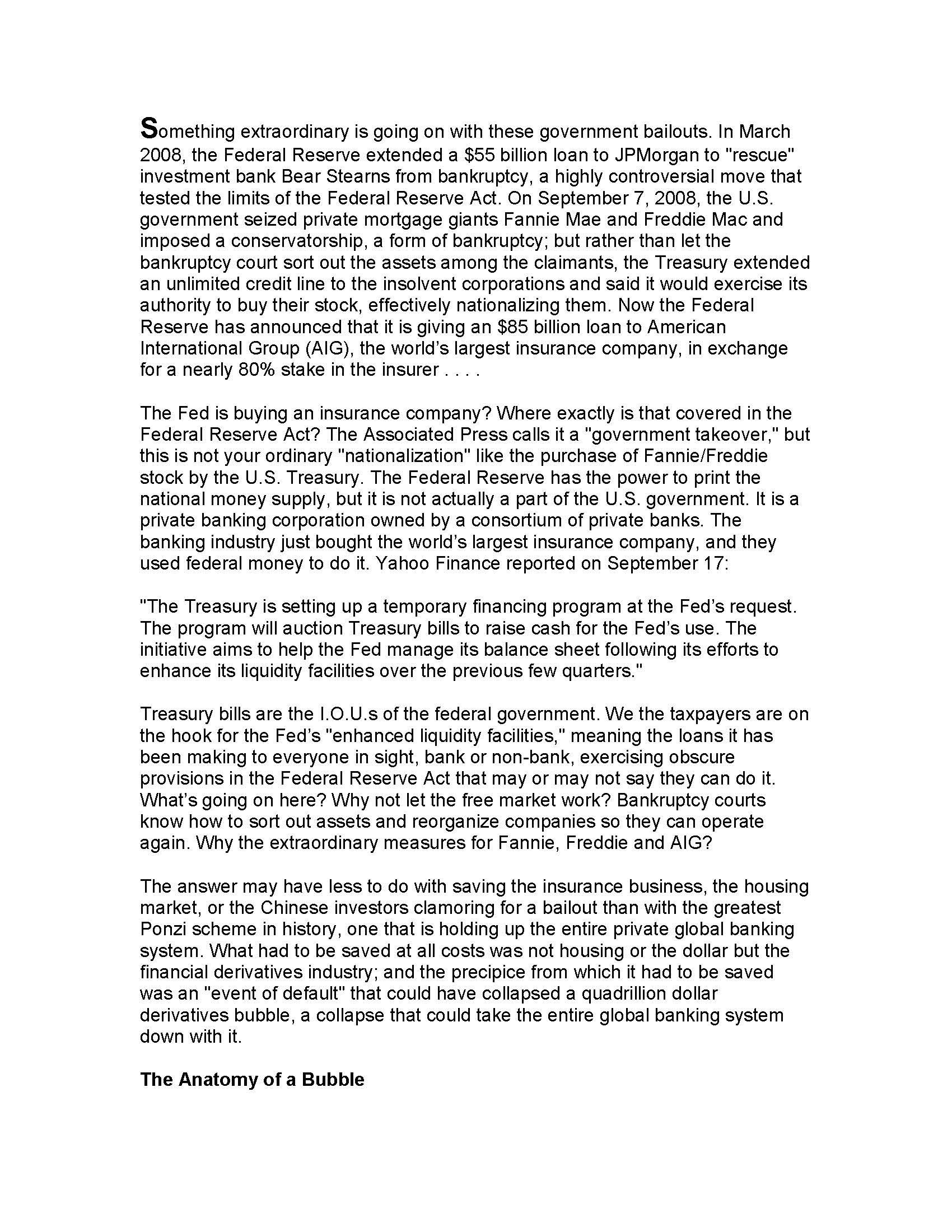In an unpredictable financial landscape, the stability of insurance companies is a concern for many policyholders. Life insurance, in particular, is often considered a cornerstone of financial planning, providing security and peace of mind for individuals and their families. However, what happens if your life insurance company goes out of business? This article explores the implications of such an event, shedding light on the protective measures in place for policyholders, the role of state guaranty associations, and the steps you can take to safeguard your financial interests. By understanding the potential risks and the safety nets established by regulatory frameworks, you can better navigate the uncertainties and ensure the continuity of your life insurance coverage.
Understanding the Impact on Your Life Insurance Policy
When a life insurance company goes out of business, the impact on your policy can vary depending on several factors. First and foremost, it’s essential to know that your policy is generally protected by state guaranty associations. These associations ensure that policyholders are covered up to a certain limit if their insurer becomes insolvent. However, the coverage limits can differ from state to state, so it’s crucial to check the specific details applicable to your location.
Here’s what you should consider:
- Coverage Limits: State guaranty associations typically provide a safety net, but these limits might not cover the full value of your policy. Review the coverage limits for your state to understand your level of protection.
- Transfer of Policies: In many cases, another insurance company may take over the policies of the insolvent company. This process can involve the transfer of your policy to a new provider, which could potentially alter the terms of your coverage.
- Policyholder Action: Stay informed and proactive. If your insurer is facing financial difficulties, keep in contact with them and monitor communications from state regulators and the guaranty association to stay updated on the status of your policy.
By understanding these aspects, you can better navigate the situation and ensure that your life insurance coverage remains as intact as possible during such challenging times.

Assessing the Role of State Guaranty Associations
When a life insurance company faces insolvency, State Guaranty Associations step in as a crucial safety net for policyholders. These associations are state-sanctioned entities designed to protect consumers by ensuring the continuation of coverage and benefits even if their insurance provider fails. Although the specific regulations and coverage limits can vary by state, the associations generally provide a standard level of protection, often up to a certain limit per policyholder.
The associations typically offer a range of solutions to manage the impact of an insurer’s failure, including:
- Continuing the coverage for existing policyholders.
- Facilitating the transfer of policies to a financially stable insurer.
- Paying out claims up to the coverage limits set by the state.
While these measures can significantly mitigate the risk for policyholders, it’s important to note that guaranty associations are not designed to replace the total value of a failed insurer’s obligations. Therefore, understanding the coverage limits and terms specific to your state can help you better prepare for any potential disruptions in your life insurance coverage.

Steps to Take If Your Insurer Faces Insolvency
In the unfortunate event that your insurance provider is declared insolvent, it’s essential to act promptly to protect your financial interests. Here are some key steps to consider:
- Contact Your State’s Insurance Department: They will provide you with the latest updates on the situation and guide you through the necessary actions. Most states have a guaranty association that steps in to protect policyholders.
- Review Your Policy: Examine your policy documents to understand your coverage and benefits. Keep a record of all correspondence with your insurer and the state insurance department.
- Stay Informed: Regularly check for updates from your insurer and the state insurance department. They will inform you about any changes or requirements that might affect your policy.
Being proactive and informed will help you navigate this challenging situation and ensure that your coverage remains intact as much as possible. Remember, state guaranty associations typically cover claims up to a certain limit, so knowing your policy details is crucial.
Exploring Alternatives and Safeguarding Your Coverage
When faced with the unexpected closure of your life insurance provider, it’s crucial to explore alternative options to ensure the continuity of your coverage. Begin by assessing the financial health of other insurers, focusing on those with strong ratings from agencies like A.M. Best or Moody’s. Consider policies that offer similar benefits and premiums to your previous plan, but don’t hesitate to explore different policy types that might better suit your current needs. Comparing quotes from multiple companies can help you find a policy that balances cost with comprehensive coverage.
- Research the financial stability of potential new insurers.
- Compare the benefits and costs of different policies.
- Look for policy features that match or improve upon your previous coverage.
Additionally, safeguard your coverage by checking if your state has a guaranty association. These associations can provide a safety net, offering protection up to certain limits if your insurer goes bankrupt. Stay informed about your rights and the specific limits of coverage under these associations, as they vary by state. Remember, proactive steps in exploring alternatives can significantly mitigate the impact of your insurer’s financial instability, ensuring your peace of mind remains intact.

